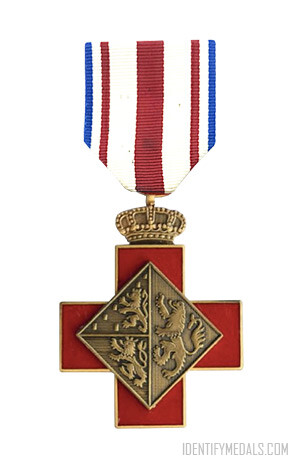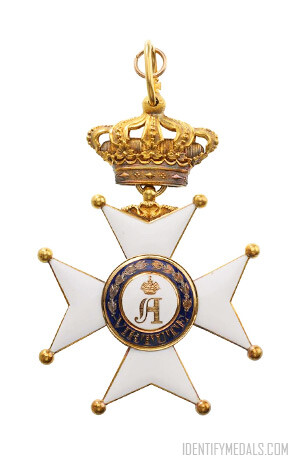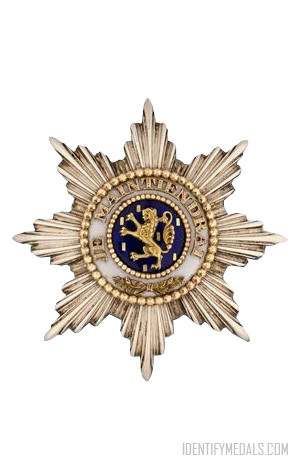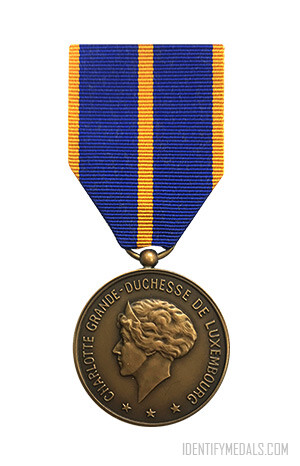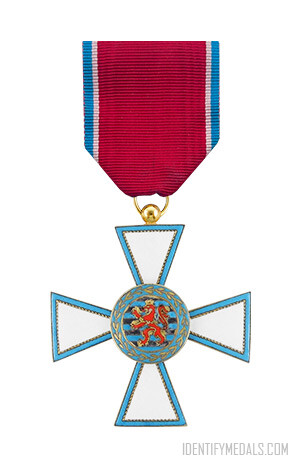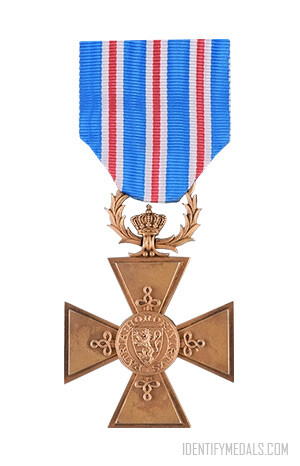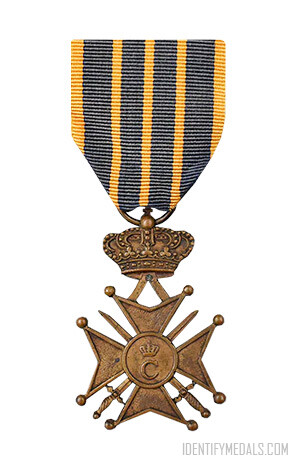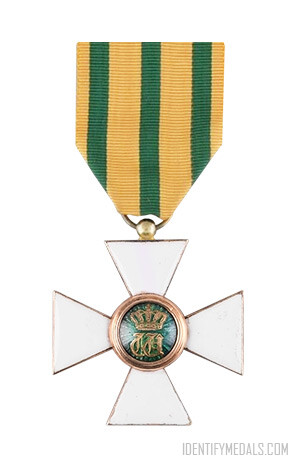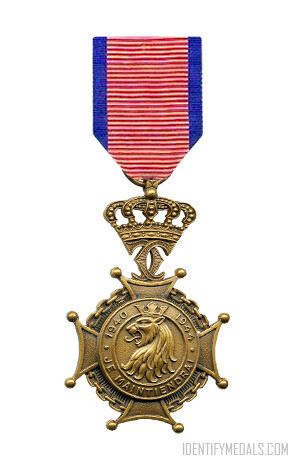- Time Period: Post-WW2
- Institution: 22 October 1979
- Country: Luxembourg
The Medal of Merit for Blood Donation is a civil state decoration in Luxembourg, established in 1979 by Grand Duke Jean. This medal honors voluntary blood donors and is awarded by the Grand Duke upon the recommendation of the Minister of Health, who is advised by the Council of Order.
The Medal of Merit for Blood Donation was instituted on 22 October 1979, and initially, the Council of Order comprised five members. A decree on 4 February 1985 expanded the council to seven members, requiring a minimum of six to make a recommendation. Council members are appointed for four-year terms, with the possibility of reappointment. The current council was appointed on 17 February 2016. Foreign donors can also receive the medal if they have donated blood to a recognized Luxembourg organization.
The medal is awarded in three grades:
- Gold Medal (eighty donations)
- Silver Medal (forty donations)
- Bronze Medal (twenty donations)
The plaques, edges of the cross, and the crown are gilded, silver, or bronze, depending on the grade of the medal.
The Medal of Merit for Blood Donation Design
The badge of the Medal of Merit for Blood Donation is a red-enamelled Red Cross, crowned and featuring diamond-shaped plaques.
The obverse displays the coat of arms of the Grand Duchess of Luxembourg, which combines three coats of arms with lions. The upper left quarter shows the lion of Nassau, the lower left quarter features the lion of Luxembourg, and the right half displays the lion of Belgium.
The reverse depicts the profile of Grand Duchess Joséphine Charlotte facing left, surrounded by the inscription “S.A.R Joséphine Charlotte Grande-Duchesse de Luxembourg” (H.R.H. Joséphine Charlotte Grand Duchess of Luxembourg).
The ribbon is white with a red stripe in the middle, flanked by thin blue-white-red stripes at the edges.

